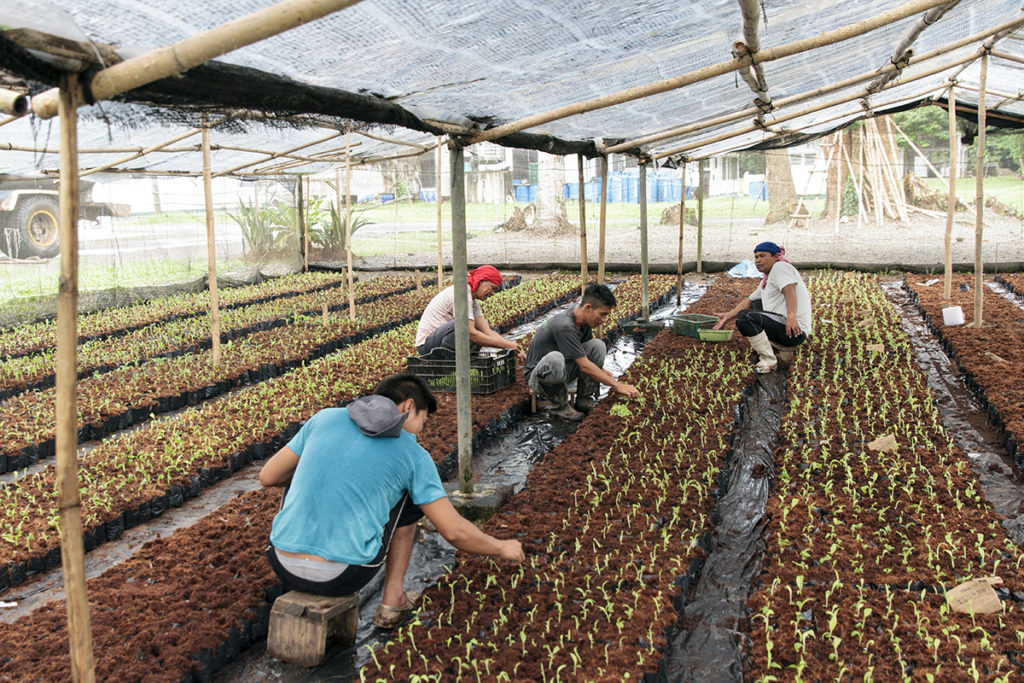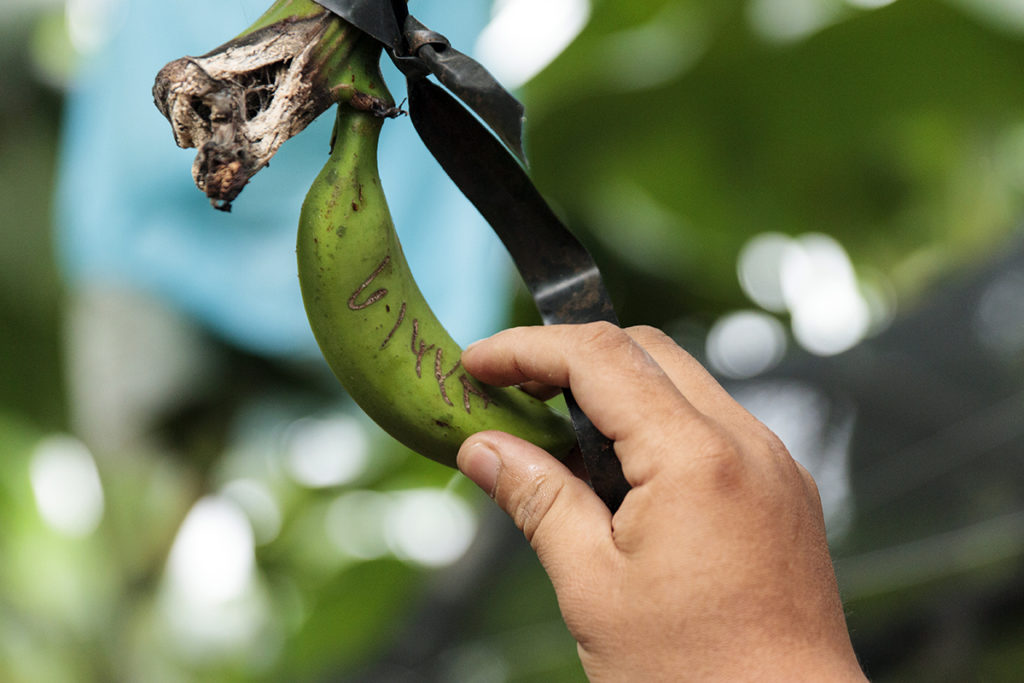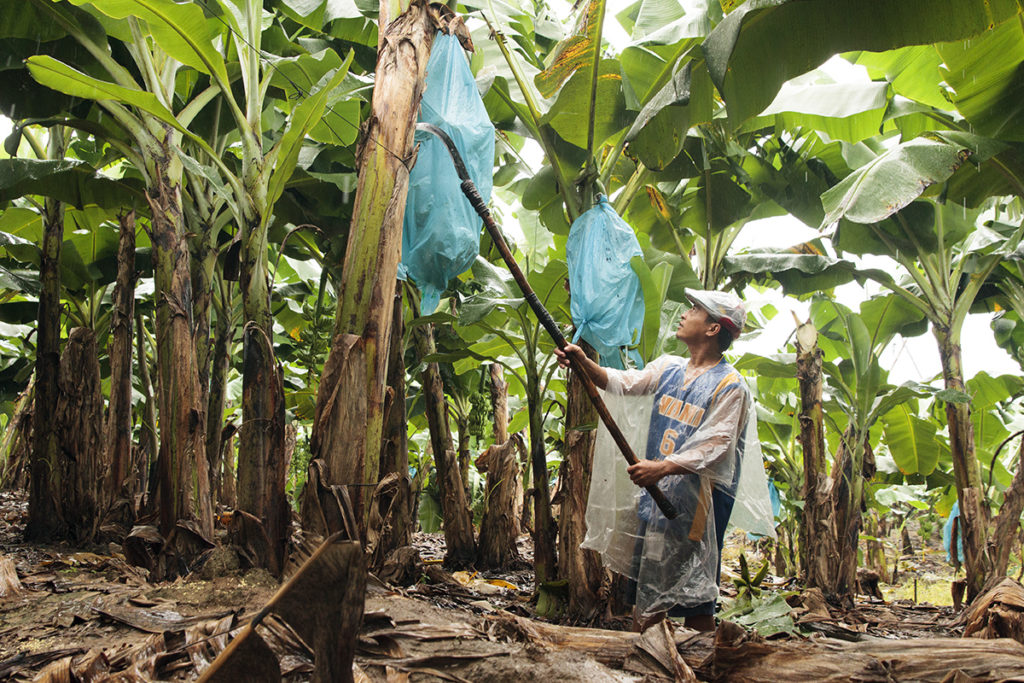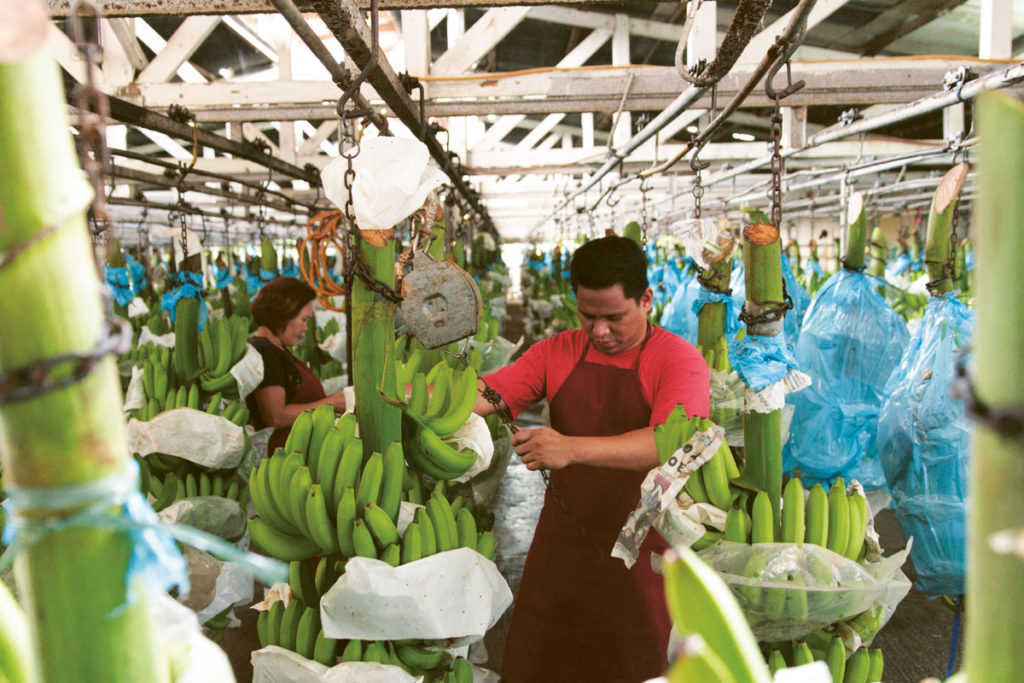When it comes to fruits, one rules the world—the banana. It is the fourth most important crop, after all, next to wheat, rice, and corn. And it grows and thrives in over 100 countries, with Ecuador as the top producer, providing 30 percent of global exports. According to Barrón’s, an American financial magazine, the market for bananas is worth $7 billion a year as over 100 million units are consumed all over the world.
In the Philippines, the fruit is one of the major forces driving the country’s economy. As a prime agricultural export commodity, bananas play a significant part in the socio-economic development of multiple provinces, especially in Mindanao.
In Davao, there’s a sprawling 760-hectare banana plantation that’s been successfully operating since 1968, the year Atty. Jose “Boy” Tuason, Jr. went to Tagum City and found a promising but struggling estate, which he bought from the Americans. The land used to be much more expansive—2,200 hectares, to be exact—and it was once the largest in the country. But when the Comprehensive Agrarian Reform Program was formed and put in play, the area had to be divided among the local farmers, leaving what eventually evolved as the Hijo Resources Corporation with just a third of what founder Boy originally had.

In 2007, daughter Rosanna Tuason-Forés took over the company as president and CEO, managing not just the acres of banana and coconut farms, but also the other facilities that had been put up on the land. This includes the Banana Beach; Lanikai, a private abode; and The Spot, a fishing pavilion. Hijo has definitely come a long way: from laying the groundwork for Cavendish banana exports to Japan in 1969 to reinventing the industry to benefit farmers, Tuason-Forés is working to achieve a dream and legacy conceived by her late father.
From branch to box

The entire banana production—from growing to packing—requires much labor and demands a lot of workers for it to be a running economic engine. Nevertheless, it’s a great business to run as it has a relatively quick return, employs many people, and easily recovers from natural calamities. On top of that, bananas are the only locally grown fruit available year round.
The Hijo Banana Plantation has 95 employees distributed between two departments—production and quality control. It has a nursery that tends to the seedlings until they are ready for the field where they are planted and cared for until they bear fruit, which takes about nine months.
According to reports, the country earned $440 million exporting this crop in 2015. That may seem impressive, but when compared to the year before, it’s rather alarming. It’s a big drop from the $1.1 billion earnings in 2014.
At the estate, each hectare is labeled according to week age. This provides order and ease in monitoring. Furthermore, a colored band is tied around every fruit bunch to identify its class. When the bananas are already ripe for picking based on the client’s age request, the workers then cut the “branch” at the stalk and hang it on a carroza until they gather 10. Once done, they roll the harvest over to the patio where they are lined up for inspection.
For every group, one branch is sacrificed for sampling and measuring. When it passes the test, the whole set is sent to demanding where the bananas are removed from the stalks (which will then be used as fertilizer) then washed in a vat of water and chlorine.

They then proceed to the selector area where the bananas are divided into different classes (small, medium, and big) and the rejects are set aside to be fed to the pigs. The bananas are then sprayed with chlorine to protect them from fungus and passed through fans to dry. A row of workers post stickers on them to designate which client the batch is for and then the fruits go straight into boxes, sealed, then carried straight into delivery vans, ready for transport to China, Japan, and the Middle East.
All these happen in a single day. It’s a well-oiled routine that has worked for the corporation for many years, with the country benefiting from its exports.
Facing challenges

According to reports, the country earned $440 million exporting this crop in 2015. That may seem impressive, but when compared to the year before, it’s rather alarming. It’s a big drop from the $1.1 billion earnings in 2014. And it can get much worse as years go by if the local ordinances and lack of direction and supervision from the government continue to stunt the industry’s potential and growth.
Though there is the opportunity to tap into new markets like Russia and Korea, local banana growers will find it hard to be at par with their foreign competitors without government support. Aside from subsidies, the agencies of other countries are helping them reach an agreement that will either reduce or even eliminate the tariffs for exporting. Doing so will not only greatly lessen the fees but also encourage increase of volume.
As for Tuason-Forés, she has her workers in mind on top of all the mechanics of the business. “We need to provide social equity; the farmer needs to earn more,” she says. It’s a rallying cry she has been carrying out on behalf of her father. “It has been a battle. It’s still a work in progress.” But for sure, it’s definitely not forgotten.
Originally published in F&B Report Vol. 14 No. 3





